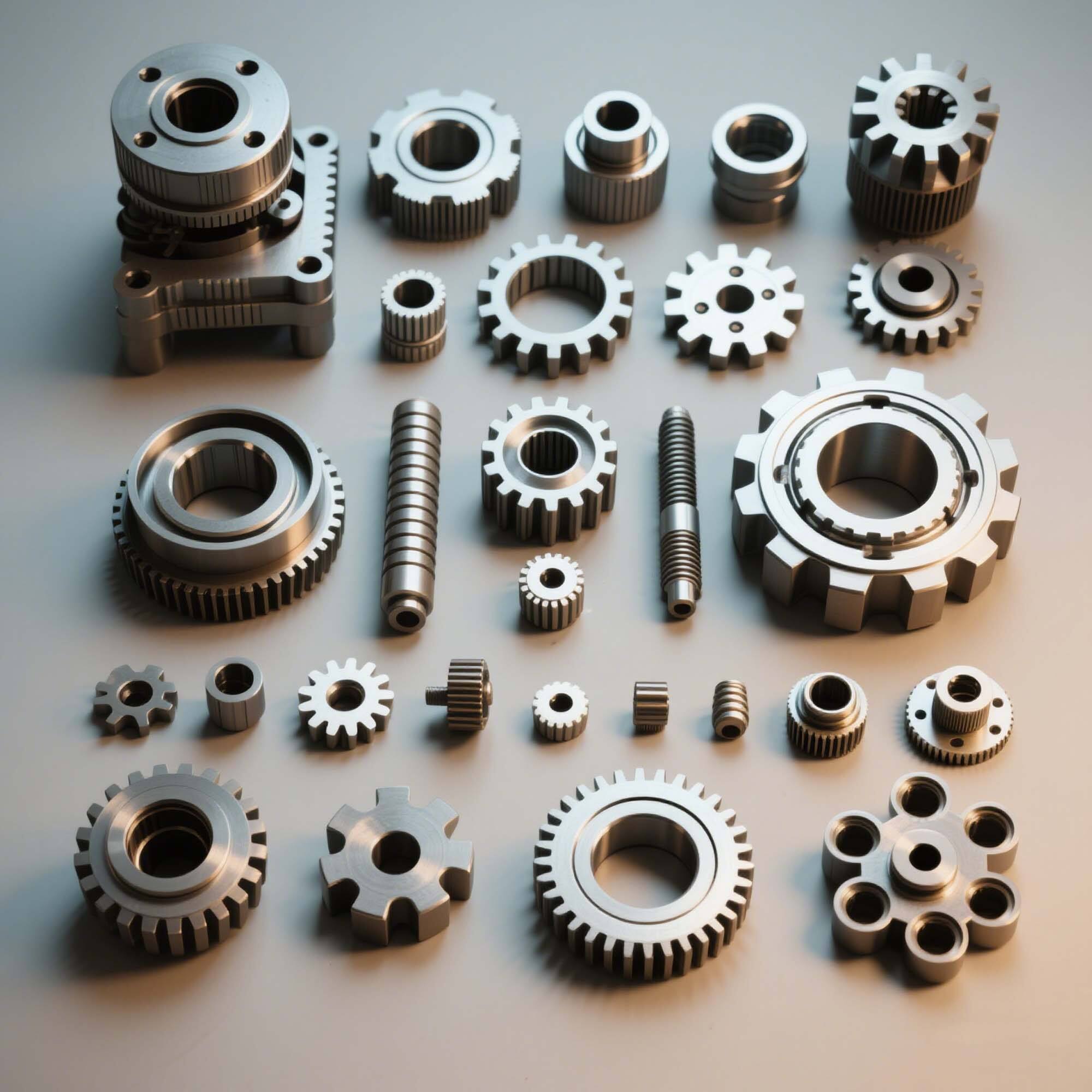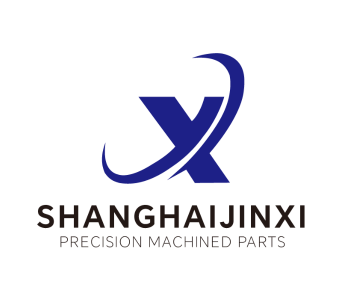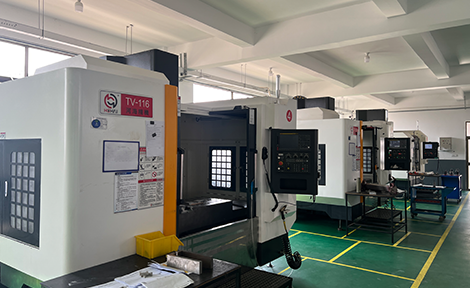Understanding Modern Manufacturing: CNC and Manual Turning Methods
The manufacturing industry has witnessed a remarkable evolution in machining technology over the decades. At the heart of this transformation lies the shift from traditional manual turning operations to advanced CNC lathe machining processes. This comprehensive guide explores the fundamental differences between these two machining methods, their applications, advantages, and how they shape modern manufacturing practices.
As production demands become increasingly complex, manufacturers must carefully evaluate their machining options to maintain competitiveness and meet precise specifications. The choice between CNC lathe machining and manual turning can significantly impact production efficiency, cost-effectiveness, and overall product quality.
The Fundamentals of Machining Technologies
Manual Turning Basics and Operations
Manual turning represents the traditional approach to metalworking, where skilled machinists directly control the cutting tools and workpiece movement. This process requires extensive training and hands-on experience to achieve precise results. The operator must constantly monitor the cutting process, adjust feed rates, and maintain proper tool positioning throughout the operation.
In manual turning, the machinist relies on mechanical handwheels, levers, and direct observation to control cutting parameters. This traditional method has been the backbone of machining for centuries, allowing craftsmen to produce custom parts with a high degree of personal involvement in the manufacturing process.
CNC Lathe Machining Technology
CNC lathe machining represents the modernization of turning operations through computer-controlled automation. These sophisticated machines utilize precise digital instructions to control cutting tools, spindle speeds, and workpiece positioning. The integration of computer technology enables complex operations to be performed with minimal human intervention.
The heart of CNC lathe machining lies in its programming capabilities. G-code instructions guide the machine through every movement, ensuring consistent results across multiple production runs. This technological advancement has revolutionized manufacturing by introducing unprecedented levels of precision and repeatability.

Precision and Accuracy Comparison
Manual Turning Precision Capabilities
Manual turning accuracy heavily depends on the operator's skill level and experience. Even highly skilled machinists may face challenges maintaining consistent tolerances across multiple parts. Environmental factors, fatigue, and human limitations can affect the final product quality.
While manual turning can achieve reasonable precision for simple parts, complex geometries and tight tolerances become increasingly difficult to maintain. The human element introduces variability that can impact production consistency, especially during long production runs.
CNC Lathe Precision Standards
CNC lathe machining excels in maintaining tight tolerances and producing highly accurate parts consistently. Modern CNC systems can achieve precision levels down to microns, making them ideal for industries requiring exceptional accuracy, such as aerospace and medical device manufacturing.
The digital control system eliminates human variability, ensuring each part meets exact specifications. Advanced feedback mechanisms and automated tool compensation features further enhance precision capabilities, making CNC lathe machining the preferred choice for high-precision applications.
Production Efficiency and Output
Manual Turning Production Rates
Manual turning operations typically involve longer setup times and slower production rates. Each part requires individual attention from the machinist, limiting overall throughput. While suitable for small batch productions or prototype development, manual turning becomes less efficient as volume requirements increase.
The time-intensive nature of manual operations also impacts cost-effectiveness, particularly when considering labor expenses and potential quality control issues. However, for unique or one-off parts, manual turning can still provide a practical solution.
CNC Lathe Production Capabilities
CNC lathe machining dramatically improves production efficiency through automated operations and reduced setup times. Once programmed, these machines can operate continuously with minimal supervision, producing identical parts rapidly and consistently. The ability to run multiple shifts with reduced operator intervention significantly increases output capacity.
Modern CNC systems also offer quick changeover capabilities, allowing manufacturers to switch between different part configurations efficiently. This flexibility, combined with high-speed machining capabilities, makes CNC lathe machining ideal for both small batch and high-volume production scenarios.
Cost Considerations and Investment Analysis
Manual Turning Equipment and Operating Costs
Initial investment in manual turning equipment is generally lower, making it an attractive option for small workshops or businesses with limited capital. Traditional lathes require simpler maintenance and have lower operating costs in terms of power consumption and tooling requirements.
However, the higher labor costs and potential for material waste due to human error can offset these initial savings. Training new operators also represents a significant investment in time and resources.
CNC Lathe Investment Requirements
CNC lathe machining systems require substantial initial capital investment, including machine costs, software, and operator training. Ongoing expenses include maintenance, programming, and periodic system updates to maintain competitive capabilities.
Despite higher upfront costs, the long-term return on investment often justifies the expenditure through increased productivity, reduced waste, and consistent quality output. The ability to operate with minimal supervision also contributes to lower per-part costs in high-volume production scenarios.
Frequently Asked Questions
What are the main advantages of CNC lathe machining over manual turning?
CNC lathe machining offers superior precision, consistency, and automation capabilities. It enables faster production rates, reduces human error, and can operate continuously with minimal supervision. These machines excel at producing complex parts with tight tolerances repeatedly.
Is manual turning still relevant in modern manufacturing?
Yes, manual turning remains valuable for prototype development, custom one-off parts, and small workshops. It offers flexibility for unique projects and requires lower initial investment, making it suitable for specific applications where CNC capabilities might be excessive.
How does the learning curve compare between CNC and manual machining?
Manual turning requires extensive hands-on experience to develop necessary skills and precision. CNC lathe machining involves learning programming and machine operation, but once mastered, ensures consistent results. While both require significant training, CNC skills are more standardized and transferable across different machines.

